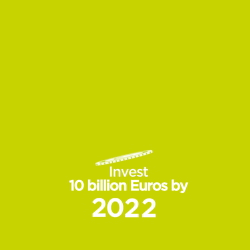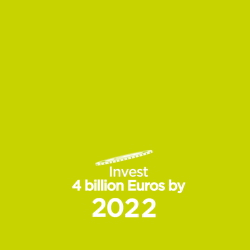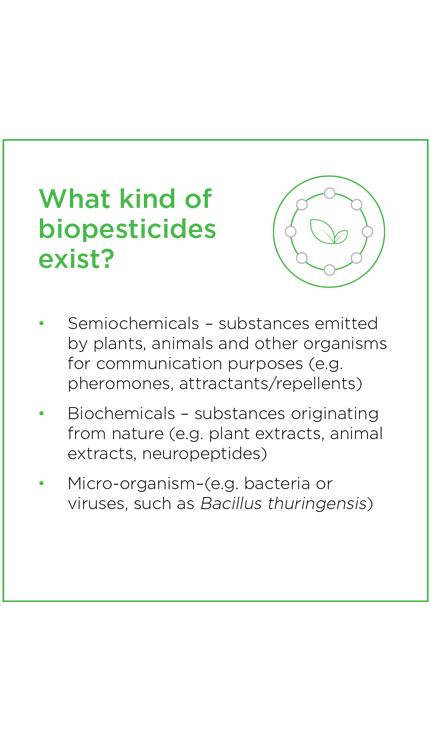We will continue to find new solutions to equip farmers
We are investing in innovative solutions to help farmers overcome the many challenges they face: extreme weather events, devastating pests and diseases, evolving dietary preferences, a growing global population, and changes in legislation. We’re finding new ideas to help farmers secure a resilient and sustainable future for agriculture.
In doing so, our industry is aligning itself with the EU’s Green Deal and Farm to Fork Strategy, supporting the transition to a more sustainable food system.
Through investing in innovation, we can contribute to sustainable food supply while benefiting our environment.
By 2030, EU pesticide and biopesticide manufacturers have committed to:
Invest €10 billion into innovation in
precision and digital technologies

Invest €4 billion into innovation
in biopesticides

To date, our industry has achieved the following results

Invested €2.15 billion into innovation in digital and precision agriculture.

Invested €1.75 billion into innovation in biopesticides.
CropLife Europe members report on investments made between 2015 and 2021.
Farmers do not have an easy job! They are on the front line in the fight against climate change, must contend with increasing numbers of pests and diseases, and face other challenges such as soil erosion and increasing loss of biodiversity, all while simultaneously meeting consumer demands.
We already can see how precision and digital technologies are having a positive impact on agriculture’s ecological footprint.
To further the European Commission’s ambitions of a digital and green recovery, we support the deployment of digital tools to assist in a sustainable recovery.
We are already seeing how precision and digital technologies are decreasing agriculture’s ecological footprint. Average application rates in the 1950s were 1,200, 1,700, and 2,400 grams of active ingredient used per hectare for fungicides, insecticides, and herbicides respectively. By the 2000s the average use rates of newly introduced products were reduced to 100, 40, and 75 g/ha respectively – about 95% lower on average.1 That’s significant. That means that farmers today apply 95% less herbicides per hectare. How is this possible? Advancements and innovation in crop protection technologies.
Did you know?
In the 1950s, average application rates of pesticides were 1,200, 1,700, and 2,400 grams of active ingredient used per hectare for fungicides, insecticides, and herbicides respectively. By the 2000s, the average use rates of newly introduced products have dropped to 100, 40, and 75 grams per hectare respectively.1
That’s a 95% reduction!
How is this possible? Advancements and innovation in crop protection technologies.
CropLife Europe and its members are also investing to unlock the potential of biopesticides.
Biopesticides are not a direct replacement for conventional pesticides. However, when used as part of Integrated Pest Management, they can provide additional choice to farmers in the fight against pests and diseases.
However, our investment alone will not fully unlock the potential of biopesticides, as well as investing in innovation, we call on the EU institutions to ensure the regulatory framework facilitates the placing of novel biopesticides on the market.
Alongside other farming practices and new genomic and breeding techniques, conventional pesticides and biopesticides play an important role within a farmer’s Integrated Pest Management toolbox.
We call on the European Union and its Member States to:
🗣 Reinforce our industry’s investment by creating an enabling regulatory environment for biopesticides, including through the adoption of incentives.
🗣 Remove blockages and better implement the authorisation processes for active substances.
🗣 Ensure that a wide range of tools remain available to farmers as part of Integrated Pest Management.

Supporting Documents
Press Release: Europe is at a crossroads for crop protection innovation
Resource: Unlocking the potential of biopesticides
1 – (SOURCE: Evolution of the Crop Protection Industry Since 1960; Phillips McDougall/Agribusiness Intelligence; April 2019, p 6.)